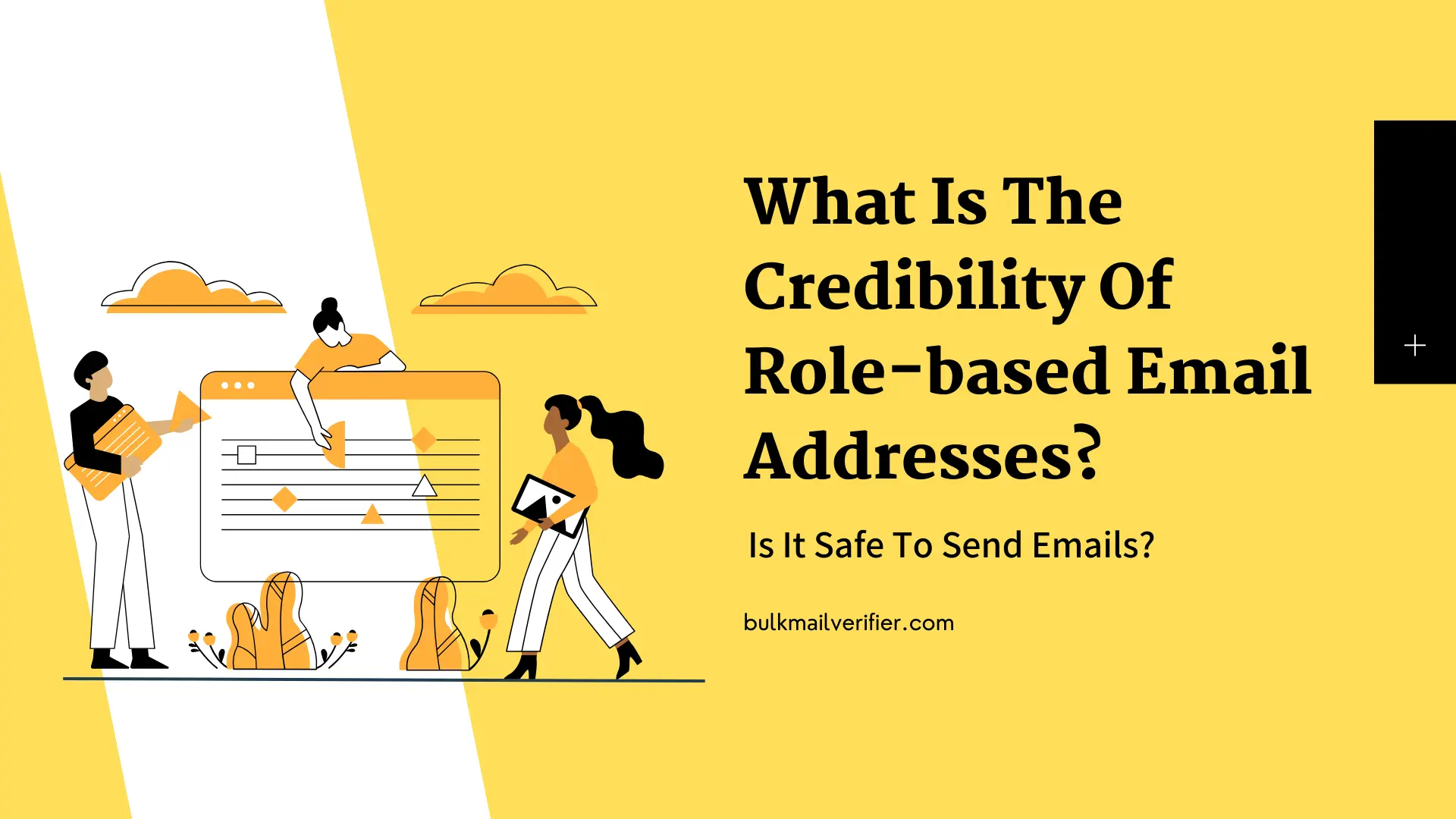Understanding Role-Based Email Addresses: Risks and Best Practices
 Published by Bulk Mail Verifier
Published by Bulk Mail Verifier
Introduction
In the world of email marketing, understanding the different types of email addresses you encounter is crucial. Among these, role-based email addresses often pose challenges regarding credibility and safety. This article explores what role-based email addresses are, the risks associated with them, and how to manage these risks effectively.
What Are Role-Based Email Addresses?
Role-based email addresses are linked to a specific role or department within a company rather than an individual. Examples include admin@, sales@, and support@. These addresses are typically managed by multiple people, making consent and engagement more complex.
Types of Role-Based Email Accounts
Broadcast Emails
These emails target a group, such as team@ or all@, and are designed for mass communication.
Position-Based Emails
These are linked to specific roles that might change hands, such as editor@ or ceo@.
Testing Emails
Reserved for internal testing, these addresses include test@ or demo@.
Compliance Emails
Used for handling compliance issues, such as abuse@ or spam@.
Risks of Sending to Role-Based Emails
High Bounce Rates and Spam Complaints
According to MailChimp, role-based emails often result in high bounce rates and spam complaints, leading to potential blocking by email service providers.
Lack of Explicit Consent
Since these addresses are managed by multiple people, obtaining explicit consent for email marketing can be challenging, risking compliance with email marketing laws.
Increased Risk of Blacklisting
Sending emails to these addresses can lead to blacklisting by services like Spamhaus, which view them as potential spam traps.
Low Engagement Rates
Role-based emails tend to have lower engagement rates, affecting the overall success of your marketing campaigns.
Best Practices for Handling Role-Based Emails
- Verify Before You Send: Use BulkMailVerifier.com to identify and separate role-based emails from your lists.
- Focus on Deliverability: Remove inactive role-based emails to maintain high deliverability rates.
- Engage Known Contacts: Only send to role-based emails with a history of engagement with your campaigns.
Conclusion
Role-based email addresses present unique challenges in email marketing. By understanding their nature and implementing verification practices, you can mitigate risks and improve your email marketing outcomes. For reliable email verification, consider using BulkMailVerifier.com to ensure your email lists are clean and effective.
Call to Action
Optimize your email marketing campaigns today by verifying your email lists with BulkMailVerifier.com. Ensure your messages reach the right audience without the risks associated with role-based email addresses.